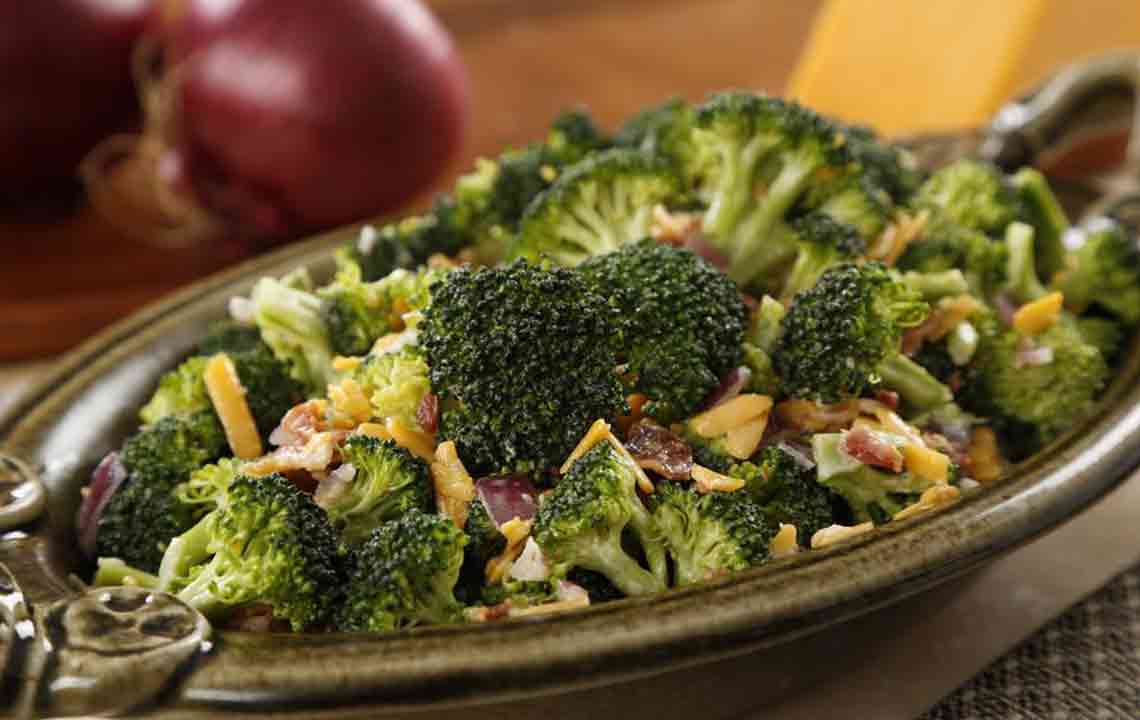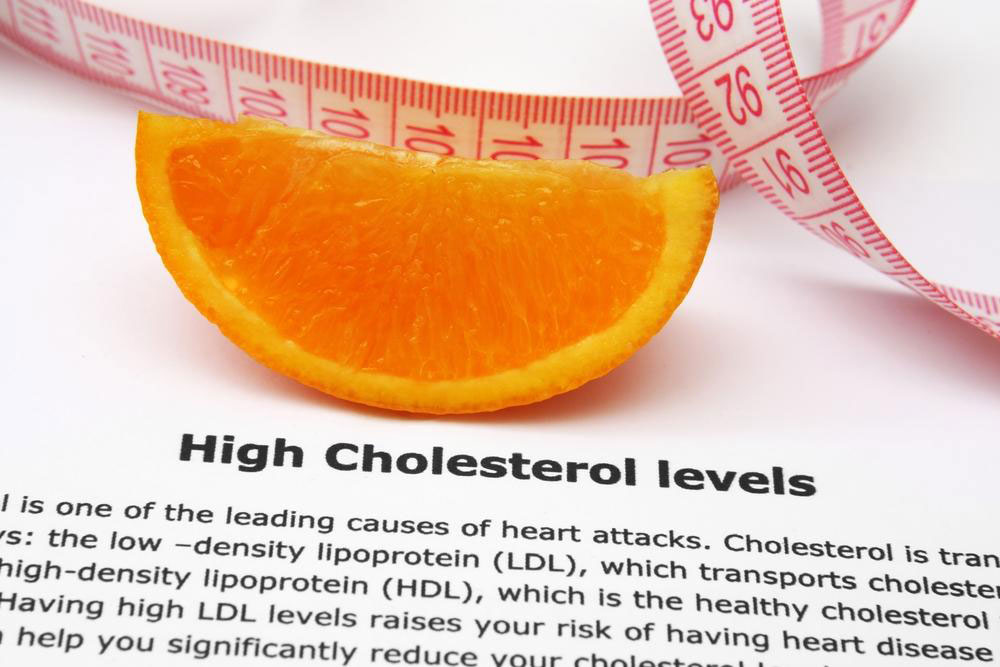Comprehensive Lifestyle Approaches to Lower Bad Cholesterol and Promote Heart Health
Learn effective, science-backed lifestyle strategies to lower bad LDL cholesterol naturally. Discover how a heart-healthy diet, regular exercise, weight management, and healthy habits can significantly improve your cardiovascular health. This comprehensive guide offers practical tips for maintaining optimal cholesterol levels and preventing heart disease through sustainable lifestyle changes.

Effective Lifestyle Strategies to Reduce Bad Cholesterol and Support Heart Health
When undergoing routine blood testing, one of the primary focus areas is measuring your cholesterol levels, specifically low-density lipoprotein (LDL) cholesterol, widely known as the "bad" cholesterol. Elevated LDL levels are linked with increased risks of cardiovascular diseases, including heart attacks and strokes. Managing and controlling these levels is crucial for maintaining overall health and preventing future health complications.
While medication can be prescribed in certain cases, adopting healthy lifestyle changes offers a safe, sustainable, and cost-effective approach to reducing bad cholesterol. These modifications can significantly improve your lipid profile, bolster heart health, and enhance overall wellness. Emphasizing nutritious eating habits, regular physical activity, weight management, and healthy lifestyle choices can make a profound difference in your cholesterol levels and long-term health outcomes.
Understanding and implementing effective lifestyle modifications are vital steps in controlling cholesterol levels naturally. Here are some comprehensive strategies that can help you prevent heart-related illnesses and promote a healthier life:
Adopt a Heart-Healthy Diet
Transitioning to a diet rich in dietary fiber, lean proteins, and healthy fats can significantly influence LDL cholesterol levels. Incorporate a variety of fruits, vegetables, whole grains like oats and brown rice, and legumes such as beans and lentils into your daily meals. Nuts and seeds are excellent sources of healthy fats and can help improve your lipid profile when eaten in moderation.
It's crucial to avoid trans fats, which are commonly found in processed and fried foods, as they can elevate bad cholesterol and promote inflammation. Instead, focus on consuming monounsaturated and polyunsaturated fats found in olive oil, avocados, and fatty fish like salmon, mackerel, and sardines—all known for their heart-healthy benefits.
Engage in Regular Physical Activity
Physical activity plays a pivotal role in managing cholesterol levels by increasing high-density lipoprotein (HDL) — the "good" cholesterol — and lowering LDL levels. Incorporate at least 150 minutes of moderate-intensity aerobic exercise, such as brisk walking, cycling, or swimming, into your weekly routine. Even short, daily activities like stretching, walking, or taking the stairs can accumulate significant health benefits over time.
Consistency is key; regular exercise improves blood circulation, reduces inflammation, aids weight management, and boosts overall cardiovascular health. Developing a routine that fits your lifestyle can lead to sustainable improvements in your lipid profile.
Maintain a Healthy Body Weight
Carrying excess weight, particularly around the abdomen, increases the risk of developing high LDL cholesterol and other metabolic issues. Gradual weight loss through dietary adjustments and increased physical activity can markedly lower LDL levels and enhance your overall health.
Aim for a modest reduction of 5-10% of your body weight to see notable health benefits. Incorporating calorie-controlled meals, reducing sugar intake, and focusing on nutrient-dense foods are effective strategies. Remember, small consistent changes often yield the best and most sustainable results.
Strive to keep your LDL cholesterol below 100 mg/dL, with an optimal target of below 80 mg/dL for those with heightened cardiovascular risk factors. Achieving these levels through lifestyle modifications is a cornerstone in preventing atherosclerosis, heart attacks, and strokes.
Educational resources like downloadable PDFs and health guidelines are available to assist you in developing a personalized plan for lowering LDL cholesterol. Regular check-ups and blood tests can help monitor your progress and adjust your strategies accordingly.





